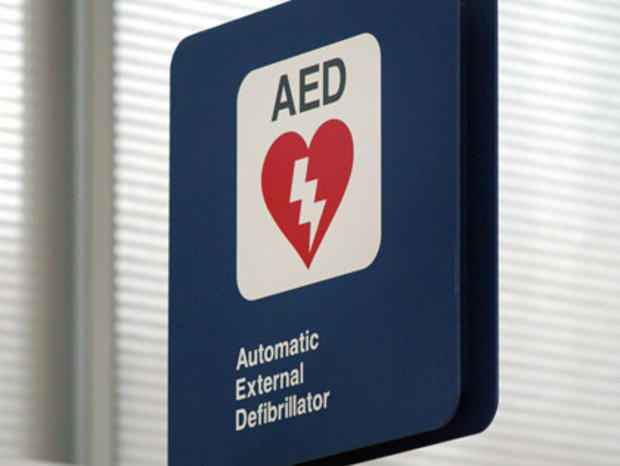Automated External Defibrillators: Where Should They Be and Who Should Use Them?
By TRACY HAMPTON, Beth Israel Deaconess Medical Center Correspondent
Automated external defibrillators, or AEDs, are easy to use, and they're effective for restoring a regular heart rhythm during sudden cardiac arrest. While they can be operated by people who don't have a medical background, that doesn't necessarily mean we should all have one in our vehicles and homes, says Ritu Sarin, MD, an emergency department physician at Beth Israel Deaconess Medical Center. "AEDs make a lot of sense in public spaces with a higher density of people, like restaurants, schools, concert venues, and stores, especially where the staff is CPR-trained."
Studies show that the earlier CPR is administered, and the earlier a patient's heart rhythm is restored, the higher the survival rate. "If you can have the devices in places that are more accessible than the arrival of an EMS team—which will likely take at least 3 minutes from the time of a cardiac arrest occurring and being called in—trained members of the public can really help to change a person's chances of survival," Dr. Sarin says. According to the Red Cross, for each minute defibrillation is delayed, the chance of survival is reduced approximately 10%. The organization says that improved training and access to AEDs could save 50,000 lives each year. Ninety-five percent of people who have sudden cardiac die from it, and most of them die within minutes.
AEDs are portable devices with electronic pads that can detect, diagnose, and treat abnormal heart rhythms. One of the best things about AEDs is their ease of use. "The portable ones you see in your local restaurant are specifically designed to be easy enough for lay-people who have had basic CPR training to use, though they are actually straightforward enough to use that untrained operators have been documented to use them successfully," says Dr. Sarin. "What's really great, though, is the recent movement to encourage by-stander CPR, as well as increased first aid and CPR training in workplaces and schools." She noted that anyone who wants to learn how to perform life-saving CPR and be trained in the basic emergency use of an AED should sign up online for a course through the American Heart Association.
There have been no reports of AEDs harming bystanders or users, according to the National Heart, Lung, and Blood Institute. Also, there are no reports of AEDs delivering inappropriate shocks.
Above content provided by Beth Israel Deaconess Medical Center. For advice about your medical care, consult your doctor.
Posted October 2014
